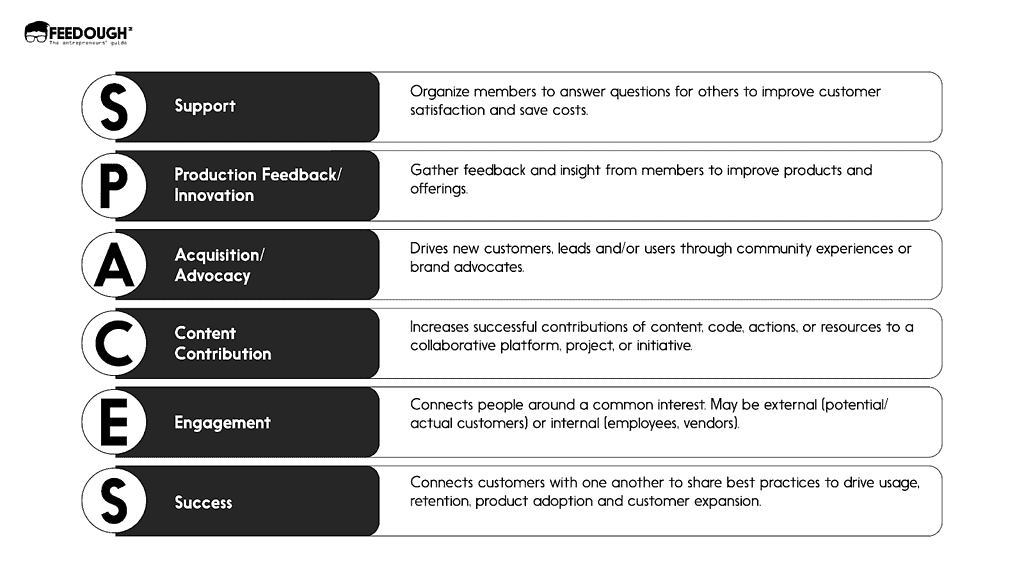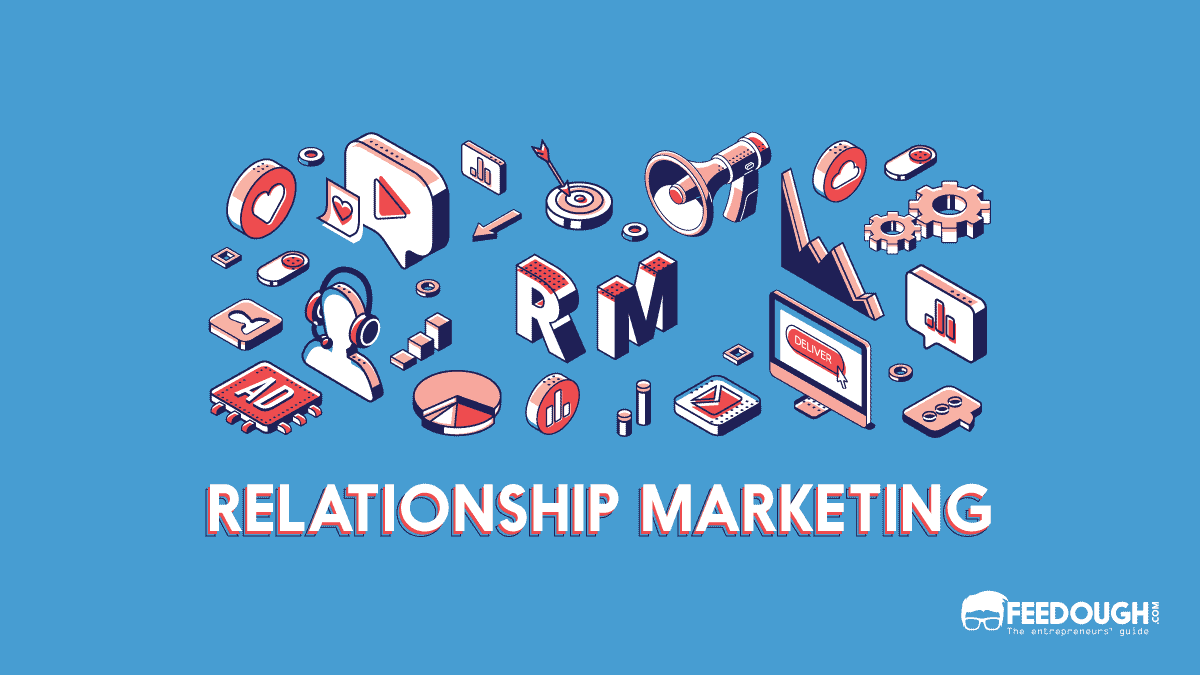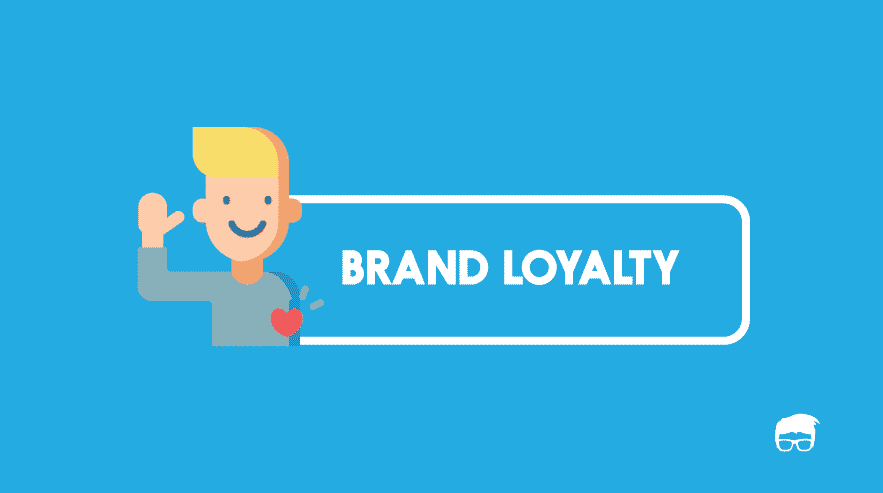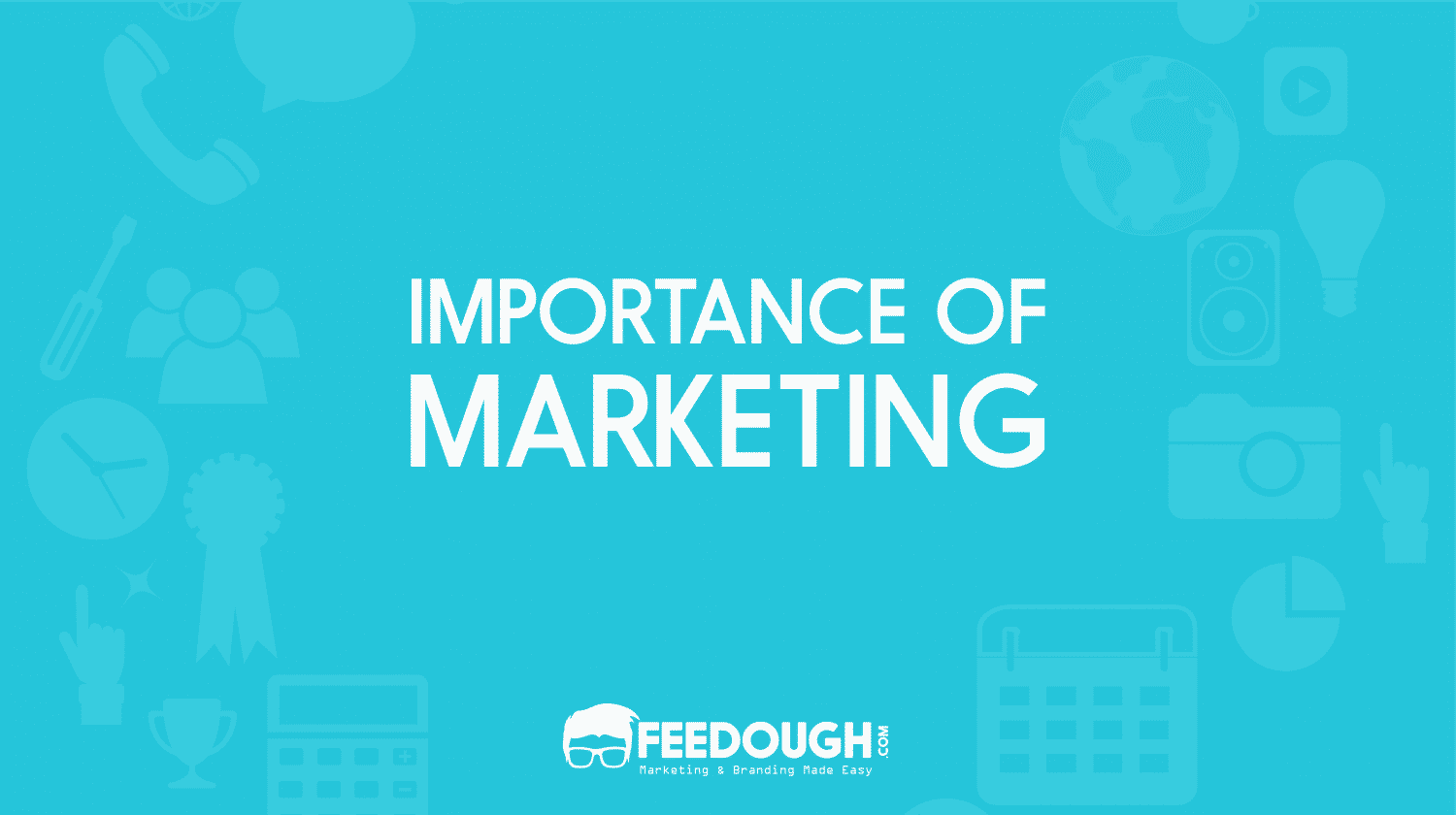While a profitable business may satisfy the bottom line, there is much more a business needs to stand intact in that position. One strategy that can help you unlock the door of enduring success for your brand is by harnessing the power of community.
Establishing a thriving community around your product, service, or enterprise can propel you to new heights. It gives your customers a place to engage not only with your brand but also with each other, making them meet like-minded peers, which cultivates unwavering loyalty and genuine enthusiasm.
However, a branded community is more like a delicate garden, requiring thoughtful cultivation and nurturing. If not made well, it can become a barren wasteland devoid of meaningful interactions and genuine connections.
Like a skilled gardener tending to a flourishing oasis with dedication and strategic thinking, you must strategically sow the seeds of engagement, foster dialogue, and create an environment where individuals feel heard, valued, and inspired.
Here is the ultimate guide to help you build a community around your brand that unlocks the full potential of your brand and forges lasting relationships that transcend transactions.
Why Build A Community?
Building a community serves as a powerful tool for both brands and your customers.
For brands, it becomes a means to achieve their goals by strategically aligning with the needs and interests of their customers. Thus, define your business goals clearly and then explore the customer needs in that arena to build a community around that to solve their problem. By doing so, you’ll be able to serve both your business goals and your customers effectively.
For customers, a community is a platform to connect directly with you, share opinions, and feel that they are part of the brand. It fosters a sense of belonging, strengthens the brand-customer bond, and cultivates loyal advocates. Additionally, it enables networking with like-minded peers, promoting meaningful discussions and valuable connections that enhance the overall customer experience.
How To Build A Community?
Building a community requires careful planning, effective strategies, and nurturing relationships. Here are the essential steps to guide you in creating a thriving and engaged community.
Understanding Your Target Audience
There are two things that you need to do in this step. First, you need to Identify who your target audience is and then know your target audience well.
By identifying the audience, we mean you need to segment each individual of your target audience on the following four factors. You need to do this to know them better and create a profile for each of them to serve them better and give them the best user experience.
- Demographic
- Psychographic
- Behaviour
- Geographics
Understanding Demographic
Understand the demographic characteristics of your audience, such as age, gender, income, education, occupation, and other relevant data points. This is because each generation and people of different age groups think and function differently and have different needs.
For example, GenZ might want things in points and brief, while millennials or GenX would want to read in elaboration about points.
Understanding Psychographic
Dive deeper into the psychological and lifestyle attributes of your audience, including their values, interests, attitudes, opinions, hobbies, and personal preferences. By understanding these psychographic differences, you can tailor your community’s content and experiences to resonate with each generation’s unique perspectives and values.
For example, GenZ prioritises authenticity, socialising, and inclusivity, while Generation X values career advancement, family, and financial stability.
Understanding Behaviour
Analyse the behavioural patterns of your audience, such as their buying habits, online activities, social media usage, interactions with similar communities, and engagement with relevant content. It’s important to recognise that preferences can differ, and thus you must tailor your community’s offerings to meet the varying needs and expectations of your audience members.
For example, If you are Starbucks, your customers will want you to share more about the experiences you can give to them, and they’ll be ready to pay you for the best experience. However, if you Walmart, known for its “Everyday Low Prices” strategy, your customers would want content in the community to be more focused on cost savings and providing value.
Understanding Geographics
Consider the geographic location and distribution of your audience. This includes identifying their country, region, city, or any other specific geographical factors that may impact their interests or needs.
For example, You may find that your audience residing in coastal areas have a keen interest in water sports and beach activities, while those in mountainous regions may be more inclined towards hiking and skiing.
Know Your Audience
After you have created the profiles and segregated them into different categories of lookalike audiences, you need to know them better to serve them better.
By knowing your audience, we mean after you have to gain deeper insights into their behaviours, motivations, needs, and problems. Conduct market research, surveys, or interviews to understand their pain points, aspirations, and the specific benefits they seek from joining a community. This knowledge will help you tailor your community’s content, activities, and engagement strategies to serve their interests better.
Keep The Community Needs First
When building a community, it is vital to prioritise the needs of the community members over your brand’s objectives solely. Instead of focusing on why your brand needs a community, understand why the community itself needs to exist.
For example,
- If I were an AI chatbot company, I would create a community for people where they can discuss different prompts to leverage AI to its full potential and gain more benefits. With this, I would make the users use my platform and make them interact and engage in the community.
- If I were a hiking planning agency, I would create a hiking community where I’ll create opportunities for trekking enthusiasts, hiking guides, and hiking experts to share their experiences, attract newbie hiking lovers to join the community and guide them with tips, tricks, hiking destinations, gears to ensure safety, and everything relevant to the topic to prepare them for hiking. By doing so, I’ll attract more customers, engage the brand advocates, and get an opportunity to expand the business.
Thus, by aligning around a shared purpose, you can ensure that the community serves its members effectively and fulfils its goals too.
For instance, before ChatGPT or other AI chatbots existed, Riku.ai was a tool that helped people understand prompt engineering and how to make the AI know what you want it to do for you. So, it created a community where individuals shared and exchanged different prompts to make things easier for each other. It increased the usage of the tool, gave the company more customers, cultivated loyal customers, increased engagement, and made things easier for the customers.
Thus, it proved that letting people have what they want ultimately leads to mutual benefit and a stronger community.
By providing what the community needs, whether it’s knowledge, support, or resources, you create an environment where individuals can thrive and, in turn, you can achieve your desired goal, such as increased leads and traffic, gathering more feedback, getting more user-generated content, or more.
Identify The Community’s Goal
For building a community, it is important to identify a clear goal that the community can rally around. This goal should revolve around a meaningful cause or shared objective that resonates deeply with the community.
For example, you can leverage the SPACES model to set the community’s goal on which most of the standard communities in the industry are based. These are essentially seven community goals:

Support Community
It is a question-and-answer-based community board where you get the chance to answer your customers, and members get a chance to interact and share their answers. The goal of the Support Community is to provide a platform where users can seek assistance, share experiences, and collaborate to resolve each other’s issues related to a specific product or service.
For example, a software company may create a Support Community that allows the customers to ask questions, troubleshoot issues, help themselves (and each other), seek guidance from both the company’s support team and fellow users, and review your FAQ documents.
Best For: Companies that sell in-depth products, like software, complex gadgets, or more which require tips and tricks to operate it.
Product Feedback or Innovation Community
The objective of the Product Feedback/Innovation Community is to create a safe space for your customers where they can share their feedback and thoughts about your product and foster a collaborative environment for ideation and innovation.
For example, A newly launched food delivery app may establish a Product Feedback/Innovation Community for its software application. Within this community, they may create opportunities for users to provide feedback on existing features, suggest new functionalities, and engage in discussions with the development team.
Best For: A community that works for all businesses. Because talking real-time feedback from customers always helps a company to get insight and improve.
Acquisition or Advocacy Community
The goal of the Acquisition or Advocacy Community is to network with people who are enthusiastic about your brand, including brand ambassadors, leads, customers, or brand advocates. As these members, if given an opportunity, will help you build brand awareness and promote your products through word-of-mouth or social media and affiliate programs.
For example, a fitness app company can build a community for its advocates focused on making them promote the app, acquire new members or subscribers to get discounts, free membership at a certain time or enjoy other benefits.
Best For: Any product company that want to spread brand awareness, acquire new customers, boost order or subscriptions, and create a loyal and engaged audience by delighting the top brand ambassadors and keeping them at the centre of your flywheel.
Content Contribution Community
The goal of a Content Contribution Community is to create a space where people can share their knowledge, creativity, and feedback on a specific topic or domain. Content Contribution Communities can have various purposes, such as:
- Making people share user-generated content, where community members create and share content that showcases the product or service, such as reviews, testimonials, photos, videos, etc. Examples: TripAdvisor, Yelp, and YouTube.
- Educating and learning from each other by making members contribute and access educational content that helps them use the product or service better, such as tutorials, courses, guides, and more.
- Creating co-creation platforms where community members collaborate with you to design and develop new features, products, or services, such as beta testing, crowdsourcing, ideation, and more for your business.
For example, Airbnb encourages its users to create and share user-generated content that showcases their experiences with the platform, such as reviews, testimonials, photos, videos, and more. This helps to increase customer engagement and loyalty, reduce content creation and marketing costs, and improve product or service quality and innovation.
Best For: A content contribution community is best for businesses that want to provide value beyond a product or service, such as education, entertainment, or social impact, and that want to build authentic and meaningful relationships with their users and among their users.
Engagement Community
The Engagement Community Goal in a business is to create a space where customers or users can interact and co-create with the business and with each other. Building an engaged community can have various purposes, such as:
- Building trust and loyalty
- Increasing satisfaction among customers
- increasing brand awareness and visibility
- Driving customer growth and retention rate
For example, if you are a beauty brand, you can create an Engagement Community where customers can actively participate in discussions, share beauty tips, and connect with other beauty enthusiasts. This community can serve as a platform for customers to engage directly with your brand and with each other, fostering a sense of belonging and creating a space for co-creation.
Best For: In general, the Engagement Community model is effective for businesses that want to prioritise customer engagement, work on trust-building, and create a sense of community among their target audience. It allows businesses to connect directly with customers, gather valuable insights, and foster a loyal customer base.
Success Community
The primary goal of a successful community is to actively drive increased product adoption, customer satisfaction, and customer lifetime value. Building off the popularity of customer support communities, success communities are designed to go beyond just answering questions and providing assistance.
These communities serve as a valuable platform that connects customers with each other, allowing them to share best practices, insights, and strategies to maximise the value they derive from the product or service. These communities provide a space for customers to collaborate, learn from each other’s experiences, and discover innovative ways to leverage the product effectively.
For example, ChatGPT has a community where people share prompts, exchange ideas, and collaborate to improve their conversational AI experiences. This community enables users to learn from each other, gain insights, and develop effective strategies for generating high-quality and engaging conversations. Members of the community can provide guidance, share best practices and easy prompts, and contribute to the collective knowledge, fostering a supportive environment for success with ChatGPT.
Best For: A successful community is beneficial for businesses and organisations across various industries, particularly those that offer products or services with a learning curve or ongoing customer engagement.
Choose The Platform Where Your Customers Already Are
A platform can make or break your community. We say it, you have to be at the right place at the right time, same thing is with the community platform. By this, we mean to make a community at a place where your customers are already active. Do not force them to join a community at a place where they are not active or comfortable, or it will act as a barrier for you to grow your community, and chances are they would not often open your community if the platform is not comfortable for them.
For example, if your audience person uses WhatsApp every day, and not Facebook, but you build your community on Facebook, it will act as a barrier for them to open it regularly since they do not use it. Often.
But how to know which community-building platform your audience uses, you ask, here’s a cheat sheet of which set of audiences uses what platform:
Platform | User Base | Age Demographic | Key Features |
|---|---|---|---|
Facebook | Millennials, GenX | Age 18-34 (52.2% of the audience) Age 55-65+ (12.7% of the audience) | Dedicated groups, communication tools, content-sharing, event management |
Discord | GenZ, Gamers, Developers | 16-24 (22.2% of the audience)25-34 (42.4% of the audience) | Servers, voice/video/text-based conversations, channels, integration |
Salesforce Community Cloud | Customers, Partners, Employees | N/A | Online community building for various stakeholders |
Slack | Corporate environments | 18-24 (20.16% of audience)25-34 (37.44% of the audience), 35-44 (21.34% of the audience) | Channels, direct messaging, tool integrations |
Hivebrite | Professionals, Alumni, Nonprofits | N/A | Member directories, event management, discussion forums, member engagement |
Thinkific | Instructors, Learners | N/A | Self-hosted learning platform with community features |
Forumbee | Customer Support, Client Success, Employee Engagement | N/A | Discussions, user profiles, moderation tools |
Glue Up | Business professionals, Networking | N/A | Private social media community-building, business management tools |
Website Toolbox | Any community type | N/A | Discussion organisation, independent/embedded community creation |
These are only a few platforms we listed out of many which you can choose to host our community. There is N number of other platforms you can search and use to build your community according to your needs and a few necessary things a community platform must have.
How To Choose The Community Platform?
There are a few things you need to keep in mind while choosing a community platform, which are:
- Platform Stability: Look for a platform that has a solid track record of stability and reliability to ensure hosting smooth operation and see minimal downtime.
- Scalability: Choose a platform that has scaled in the long run and is still willing to grow alongside your community’s growth. It should be capable of handling the increased traffic, user activity, and data storage without compromising performance.
- Flexibility and Customisation: Opt for a platform that offers flexibility in terms of customisation options that allows you to tailor the community experience to align with your brand and specific community needs.
- Mobile Capabilities: In today’s mobile-centric world, choose a platform that is mobile-compatible. Plus, it should provide a seamless mobile experience for community members, allowing them to access and engage with the community on various devices.
- License Fee: Many community-building platforms have licensing fees associated with them. Thus, evaluate and consider whether it aligns with your budget and offers the desired features and support for your community.
- Development Cost: Since you are just developing a community going further, you will want to extend it. So, assess the potential development costs involved in customising or extending the platform to meet your specific requirements, such as integrating additional functionalities or design enhancements.
- Setup and Deployment Time: Evaluate the ease and speed of setting up and deploying the community platform. Consider whether it aligns with your timeline and resource availability.
- Out-of-Box Plugins: Determine if the platform offers the required and a range of readily available plugins or integrations to enhance the community experience and meet your specific needs without requiring extensive custom development.
- Support and Maintenance: An active support and maintenance team is important, and you should consider it before choosing a platform. So, look for a platform that provides reliable support and regular updates to address potential issues and security vulnerabilities and offer ongoing maintenance to ensure the smooth functioning of your community.
Make Strategies To Attract New Member To Community
- Build referral-generating activities: Encourage your existing community members to refer new customers by offering incentives or rewards. This can be in the form of discounts, exclusive access, or special perks for both the referrer and the referred customer.
- Go back to your lapsed users: Reach out to previous or lapsed users who were once using your product. They must have left using your product due to some reason. Identify the common reasons, and send targeted messages or personalised offers to re-engage them and encourage their return by joining a community and just engaging with the brand or like-minded peers. Highlight any updates, new features, or exciting content that they may have missed during their absence.
- Invest in Ads: Allocate a portion of your marketing budget to targeted advertising campaigns. Utilise platforms like Google Ads, social media advertising, or sponsored content to reach a wider audience. Optimise your ads to ensure they align with your target audience’s interests and drive them to your community.
- Host Events and market them: Organise webinars, workshops, or virtual events on topics that align with your community’s interests. Promote these events through various channels and provide valuable insights or solutions these events will bring to your customers.
- Collaborate with complementary business communities: Seek out partnerships with complementary businesses or organisations that share your target audience. Collaborate on joint initiatives, cross-promote each other’s communities, or offer exclusive deals to each other’s customers. For instance, if you are in a fitness community that holds fitness sessions, you can collaborate with fitness apparel companies to cross-sell each other.
- Use audience discovery tools: There are a few audience discovery tools in the market powered by the data of really big companies. Use your industry-relevant tool to identify new potential customers. These tools can help you understand their demographics, interests, and online behaviour, allowing you to tailor your community outreach efforts more effectively.
- Collaborate with influencers: Identify influencers or thought leaders in your industry who have a significant following. Collaborate with them to promote your community and tap into their audience. This can be done through guest blog posts, joint webinars, or social media collaborations.
- Utilise social media: Leverage social media platforms where your target audience is active. Establish a strong presence on platforms like Facebook, Twitter, Instagram, LinkedIn, or relevant niche-specific communities. Share engaging content, participate in discussions, and promote your community’s unique value proposition.
- Leverage email marketing: Develop an email marketing strategy to nurture leads and engage with potential customers according to the funnel they are in. Provide valuable content, exclusive offers, or insights through regular newsletters or automated email campaigns to keep your community top of mind.
Managing The Community
Retaining is what managing is all about when it comes to the community. It involves fostering engagement, building connections, and creating an inclusive environment. The role of the community manager is to ensure members feel valued, heard, and supported. By implementing effective strategies and practices, you can cultivate a healthy and useful community for your users. Let’s explore the art of managing the community and unleash its full potential.
- Build operational workflows to keep the team in loop – The first step that comes in community management is to make your team strong and create operational workflows to keep things streamlined.
- Flowcharts that outline a sequence of activities – Prepare visual charts outlining the steps and decisions involved in each procedure and process. Establish flowcharts for essential community processes, such as crisis escalation protocols, new member onboarding, and content approval. Ensure the flowcharts provide a clear overview of the necessary actions, decision points, and key stakeholders involved in each process.
- RACI chart to define roles and responsibilities – Utilise a RACI (Responsible, Accountable, Consulted, Informed) chart to define and assign specific roles and responsibilities to team members. This clarifies who is responsible for key tasks, who needs to be consulted or informed, and who is accountable for the overall success of different community management activities. They make the touch points clear when you or the team member needs to escalate conflicts, onboard new members, approve content, or do more.
- Content calendar – Create a content calendar to plan and organise the creation and distribution of content within the community. This calendar can include important dates, themes, and topics to ensure a consistent and strategic approach to content creation. It helps the team stay organised, avoid overlaps or gaps, and maintain a steady flow of valuable content for community members. You can also add timelines, monthly or weekly milestones or event dates in the calendar to track the target dates of milestones and ensure the team is aligned and working towards the same objectives.
- Create guidelines and policies for the community: While building a community, establish community guidelines and policies that define acceptable behaviour, content, and engagement within the community. Make sure these guidelines are communicated to all members and enforced consistently.
- Keep an open space for people to talk: Foster an environment where members feel comfortable expressing their thoughts, ideas, and concerns. This open dialogue space and conversation should be such that it doesn’t always involve you or your business in setting the tone. For instance, you can encourage people to talk about their experience with the product, and everyone else can add to those threads.
- Keep the community active: By keeping the community active, we mean you need to add something every day to the community so there is something of value for them daily. You can add new facts, tricks to use your product, a strategy to do a recurring task easily, or something that benefits them and make them open the community every day.
- Provide Education Resources: Other than keeping the community active, you also need to share the study resources to empower and support your members. This can include tutorials, guides, webinars, guides, case studies, or workshops that provide valuable insights, skills, or knowledge related to the community’s interests or goals. By offering educational resources, you can enhance the value of your community and help members expand their expertise, fostering their growth and engagement.
- Consider adding engaging activities – Building a community and keeping it engaging is not only about adding resources and talking work, it takes you to introduce activities that keep the members’ interest intact, too. Introduce gamification elements and interactive features to keep your community members engaged. Carefully incorporate features such as point systems, badges, or levels that members can earn through their participation and contributions.
Offer referral programs where members are rewarded for bringing in new members. Additionally, consider creating a tiered system where members who actively participate and contribute more become recognised as “starred members” with additional privileges and benefits. These engaging activities can incentivise participation, foster friendly competition, and enhance the overall community experience.
Ravpreet is an avid writer, prone to penning compelling content that hits the right chord. A startup enthusiast, Ravpreet has written content about startups for over three years and helped them succeed. You can also find her cooking, making singing videos, or walking on quiet streets in her free time.






![What Is Brand Strategy & How To Develop One? [Ultimate Guide] BRAND STRATEGY](https://www.feedough.com/wp-content/uploads/2019/11/BRAND-STRATEGY.webp)


